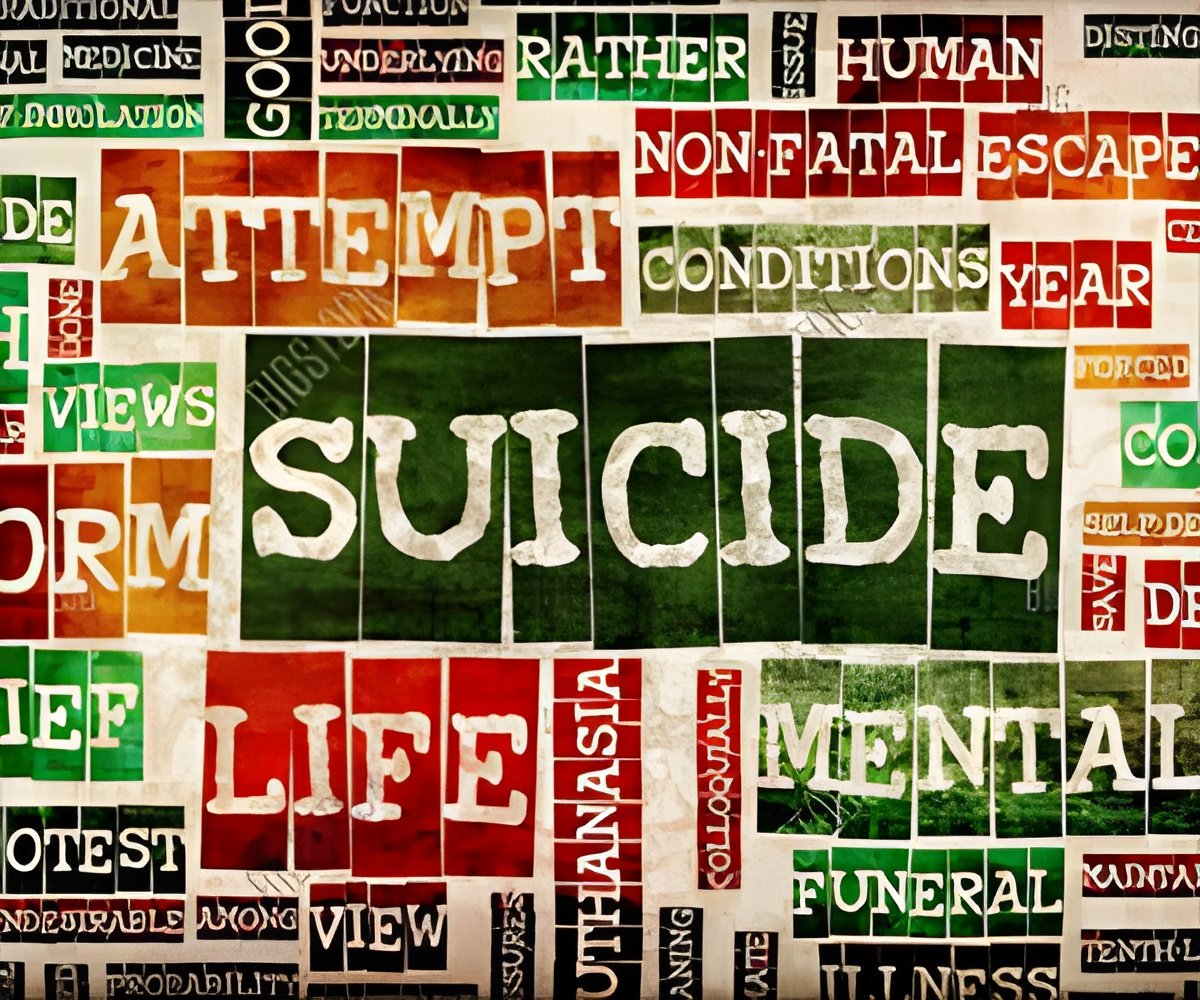A person who considers the idea of suicide may go ahead with it in an impulsive way when faced with a highly stressful life situation.

‘There was no statistically significant increase in suicides from 2008 onwards in the general population; the suicide rates were fairly steady, about 8 deaths due to suicide per year for every 100,000 inhabitants.’





In order to verify these ideas scientifically, García-Ormaza decided to tackle the study of the register of suicides among the inhabitants in the municipality of Barakaldo across a 12-year-period, from 2003 to 2014, "to see what the suicide rate was before and after the economic crisis". 2008 is the limit or cut-off point, which was when the unemployment rate in Barakaldo shot up: in 2004 the unemployment rate was 9% and from 2008 onwards it gradually increased until reaching 20% in 2012. After all the analyses, "we saw that there was no statistically significant increase in suicides from 2008 onwards in the general population; the suicide rates were fairly steady, about 8 deaths due to suicide per year for every 100,000 inhabitants", said García-Ormaza. Yet when the study is fine-tuned a little more and various social groups are focussed on, "we certainly saw differences. Specifically, we saw a statistically significant increase in two subgroups: individuals with a history of psychiatric disorders, and young women of working age (under 65). In the cases belonging to the first group, the main disorders these individuals suffered were addictions (harmful consumption of alcohol and/or other substances), followed by anxiety disorders and depression", he said. "What happens is that these people do not tend to benefit from social assistance which is found to be protective in serious mental disorders".
In the case of young women, what stands out is that all the cases of suicide were registered in the more socioeconomically disadvantaged districts of Barakaldo.
Prevention, the key to averting these events
According to García-Ormaza, the results obtained in this study should serve "to channel the limited resources existing for measures towards preventing suicide wherever they are needed more. And from what we have seen, they are more necessary in the more disadvantaged areas, in the case of young women and also in the case of people with apparently less severe psychiatric disorders such as alcoholism, anxiety and depression".
Advertisement
That is why it is very important to create a network of protection in which people are capable of spotting people at risk. The cornerstones in these cases are the family doctor and the psychiatrist. "According to the WHO, many suicides can be prevented. The main prevention measures include limiting access to lethal methods, treating people who suffer from mental disorders, actively monitoring the people with a history of suicide attempts, encouraging responsible coverage of suicides in the media, and training primary health care professionals to spot it. Whenever a person expresses despair, he/she needs to be referred to a healthcare professional as soon as possible".
Advertisement








